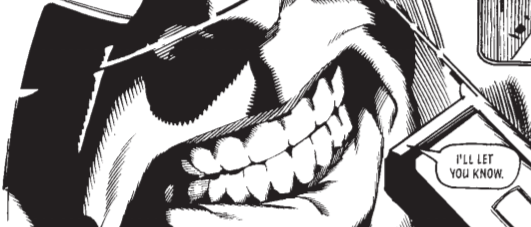
Free “divine gallery” art sample – OldWorldGods
(2) NECROMANCY
Dead men do tell tales!
That’s right – it’s the mancy everyone knows, virtually synonymous with evil and death or the undead in popular culture, hence its high ranking although I refuse to give it top spot.
For example, Sauron styles himself as the Necromancer in The Hobbit, although he doesn’t seem to do much actual necromancy – he probably would have done better with armies of the undead in The Lord of The Rings. Of course, he was also a vampire AND a werewolf at various points, because the First Age was trippy.
Necromancy has a far older literary pedigree – indeed the oldest, at least for the two sources of Western literary culture, the Bible and the epics of Homer, albeit the Odyssey rather than the Iliad.
The Bible has the Witch of Endor, whom Saul consults to raise the prophet Samuel from the dead. Interestingly, it is presented as working, although both Samuel and God seem pissed about it. It could also be argued to present with the same deception or trickery as a séance.
The Odyssey has the archetypal journey into the underworld by its protagonist to consult the shade of the prophet Tiresias, with the nice necromantic component of pouring out sacrificial blood to attract the dead – also perhaps demonstrating the substantial overlap with hieromancy and blood magic from the previous entry.
Interestingly, in both cases, while the necromancy involved raising or summoning the dead person, but the actual divination or prophecy part did not originate from them being dead, but that they had been prophets in life. Although Odysseus’ dead mother also has useful information for him – and I have read (and prefer) adaptations that extend the divination to other shades.
Necromancy has a pedigree older than literature or writing, as its inclusion in the Odyssey, originally an oral epic, suggests. Indeed it has probably the oldest, likely one of the first methods of divination in history or prehistory – originating from when humans first associated death or the dead with a mystical or supernatural realm, from which one could see things not seen by the living.
Strictly speaking, necromancy is defined not as the hardcore zombie apocalypse type of necromancy we see in popular culture, but only calling on or communicating with the dead for divination – divining things beyond the knowledge of the living, whether past, present or future. After all, the dead reside in eternity as opposed to time.
As such, it was not necessarily evil in origin – indeed, quite the contrary, seeking out or summoning the spirits of ancestors or dead heroes for guidance. To the extent that it extended beyond communing with ancestors or heroes, it probably involved positive aspects of keeping balance between life and death, or with the spirit realm or souls, for purposes such as healing.
“But since that’s not nearly as interesting as zombies”, necromancy in popular imagination and culture is, as I said, virtually synonymous with evil and death, or rather, the undead – the ultimate crossing lines that were not meant to be crossed between life and death, animating or controlling the dead (or generally playing with dead things).
“The career of necromancer is an excellent choice for evil-doers who are not a ‘people person’. Though some might say there is not much point to turning the earth into one gigantic graveyard, these people are fools and will never understand anyway. Good career entry points for becoming a necromancer include occultists, dabblers in voodoo, grave diggers, morticians, possessed eight-year-old girls, and inheritors of scary books wrapped in human flesh.”
— Neil Zawacki, How to be a Villain
As TV Tropes points out, necromancy commonly overlaps with the trope of necromantic (a pun of necromancy and romance) – bringing back a loved one lost to death. Also, “it’s not unheard of for a necromancer to be one of the undead themselves, often a lich. Even if they aren’t liches or other forms of undead themselves, they are likely to have unlocked other ways of prolonging their own lives to unnatural lengths. Furthermore, they may become partially undead.”
As a means of divination, it’s up there with the original and the best, the dead perhaps being second only to the divine or infernal (and often overlapping with those) in secret knowledge. Speaking of infernal, necromancy definitely overlaps with the more rarely used necyomancy (or divination by summoning damned souls) or demonomancy (or divination by demons).
As a school of magic, it is similarly one of the most powerful, if distasteful. It was notoriously overpowered in Dungeons and Dragons, such that opting out of it was effectively nerfing your wizard – although ironically the class of cleric made for better necromancers than wizards, which certainly makes me think differently of the average priest.
RATING: 5 STARS*****
GOD-TIER (OR IS THAT DEVIL-TIER – OR DEATH-TIER?)











